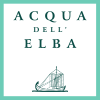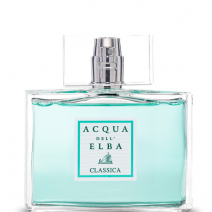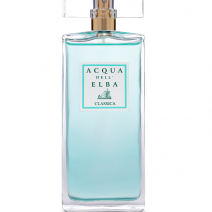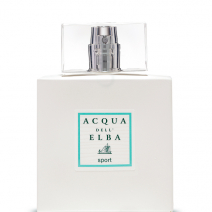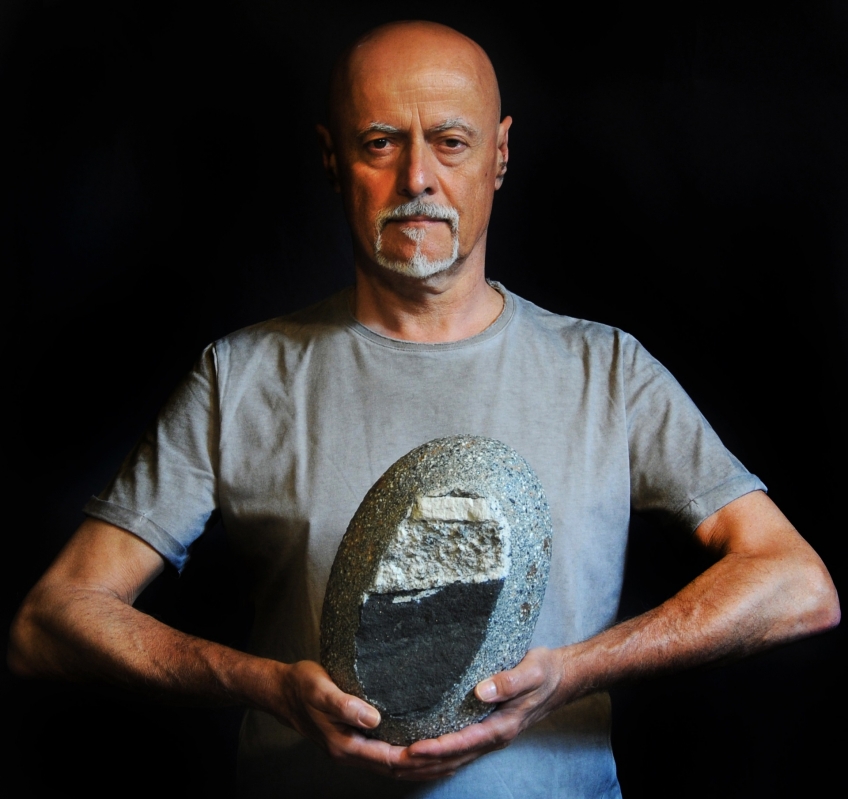
Our encounter with Alfredo Gioventu’, the ceramic artist in whose honour Acqua dell’Elba will dedicate an exhibition in Portoferraio from the 17th to the 23rd of August, opened and closed with mentions of the most maritime of Shakespeare masterpieces: “The Tempest”. In between, literally a sea of stories, suggestions and encounters which we will try to share here with you all. It all started from the title of the exhibition “Tornando a Essere Pietra” (“Returning to Stone”). The title is particularly suggestive and more than alludes to the main theme of Arturo’s artistic output, the continuously new and variable representation of the stones of his sea, indeed it describes his very nature.
His works are more than mere reproductions of stones, they are realised “with the same matter of which stones are made”, paraphrasing the last words of the wizard Prospero, the main character of the Shakespeare masterpiece.
“At the beginning of my career”, Gioventu’ explains, “I was convinced I should limit myself to imitating stones, trying to reproduce through my work as a ceramist the effect on the stones smoothened by the sea that I saw during my walks on the shore of Sestri Levante, the town where I was born. The awareness of being able to give a new, artistic significance to my work only came to me in the mid-eighties. The municipality of Sestri Levante gave me a commission to create a souvenir for the children of Welsh miners, who were being hosted in town whilst going through an extremely severe strike at the time. For them I created a stone made of ceramic, within which I set a piece of glass which had turned the colour of the sea due to the heat generated by my oven: to see the excitedly amused eyes of the children when they received this drop of water, along with the suggestion not to spill it on the way home, made me discover the communicational power my work could achieve. A power which I kept developing, technologically experimenting with a new material made of porcelainized gres which had the same consistence and colour of stones. Milanese designer Ugo la Pietra, professor at the Arts Academy of Brera, saw in my work the embodiment of his theory according to which homogeneous cultural territories were capable of expressing a coherent artistic tapestry: with the use of my material, I had captured the genius loci.”
Within this research of yours, how should one view the exhibition you are opening on Isola d’Elba?
“With the island I enjoy a privileged relationship, its richness in mineral resources coupled with the proximity to the sea makes it a location of choice for my poetic output. For example, in Sant’Andrea I found some wonderful Orthoclase crystals, which are the ones whose disaggregation generate kaolin, which is basically clay, the basic element for every ceramist. By heating it and returning it to its Orthoclase shape I am doing nothing but taking clay back to its primordial essence, making it, indeed, return to stone”.
The genius loci theory is undoubtedly interesting, though listening to you it seems you are also seeking for the soul within matter…
“This was a conversation I often had with Enzo Bianchi, the prior of Bose, when we collaborated on the realisation of a work which is now in his monastery: “Earth, Water, Sky and Man’s Work”. He insisted that the glasses represented in the work should be transparent enough for the fingers of their human holders to be seen through them, because “transforming matter through the hands of men is the way through which God gives a soul to things”, he used to say. I claimed that somehow matter itself already has a soul, and it is the job of the artist to attempt to let it emerge.”
A similar approach to that of the ancient alchemists, who used to seek the essence of things through the same instruments which were also used by Tuscan artisan master perfumers…
“Indeed, we return to dwell upon the concept of the genius loci, of artistic and artisanal peculiarities which any single territory has. On Elba island I found an infinite playing field, between minerals and sea, and in Acqua dell’Elba I found an accomplice with which I share many essential values. Craftsmanship seen as adding value to manual labour, research intended as a daily commitment…and the sea, of course.”
Indeed, the sea: certainly, a source of inspiration for your works, but what else does it mean to you?
“The sea is that place where infinity may be glimpsed, though which at the same time has a clear boundary, represented by the shoreline. The shore is at the same time a point of arrival and departure, a place where the beauty of the sea reveals itself to humans as a gift, like the smoothened stones which inspire my work, or the pieces of driftwood transformed into sculptures by the action of the waves and the energy of the sea. The energy of the sea certainly has something to do with my work, a constant attempt to transform things through unceasing action. Then the sea is also the place where, since I was a child, I experienced the strongest emotions, sitting on the rocks watching the waves or walking along the shore looking for objects capable of inspiring something new every day.”
We spoke about essence before, what would be yours, the essence of Alfredo Gioventù?
“It is not an easy answer to find in such a short time, but thinking about it my essence is precisely that of continuous movement, like the waves of the sea, just like them always trying to modify the materials touched by my hands in order to transform them into something new and interesting, which may let its soul emerge.”
Inevitably, this encounter closed with a mention of Ariel’s song, also from Shakespeare’s Tempest, in which the creative spirit guided by the wizard Propsero reveals how it is possible to “suffer a sea-change - Into something rich and strange.” Just like the creations of Alfredo Gioventu’, on exhibition in Portoferaio from the 17th to the 24th of August, at the Telemaco Signorini Centre for Visual and Figurative Arts. Another way in which Acqua dell’Elba intends to highlight its profound connection with art, as well as with the sea.
Photo: Roberto Montanari
